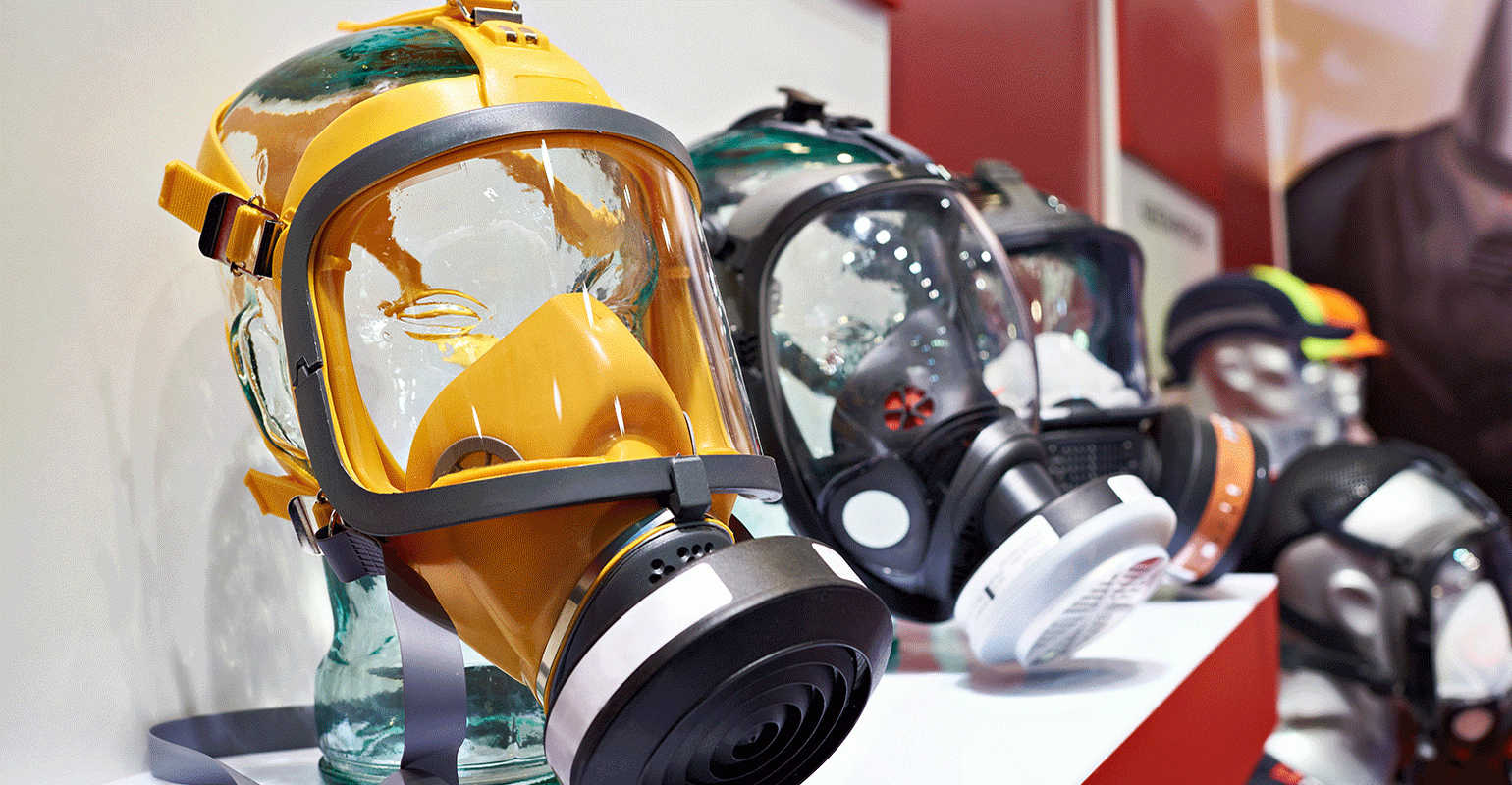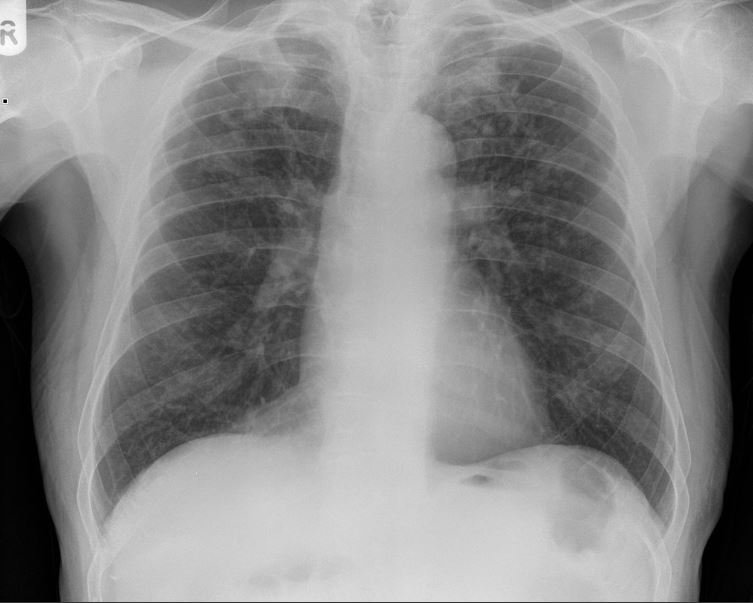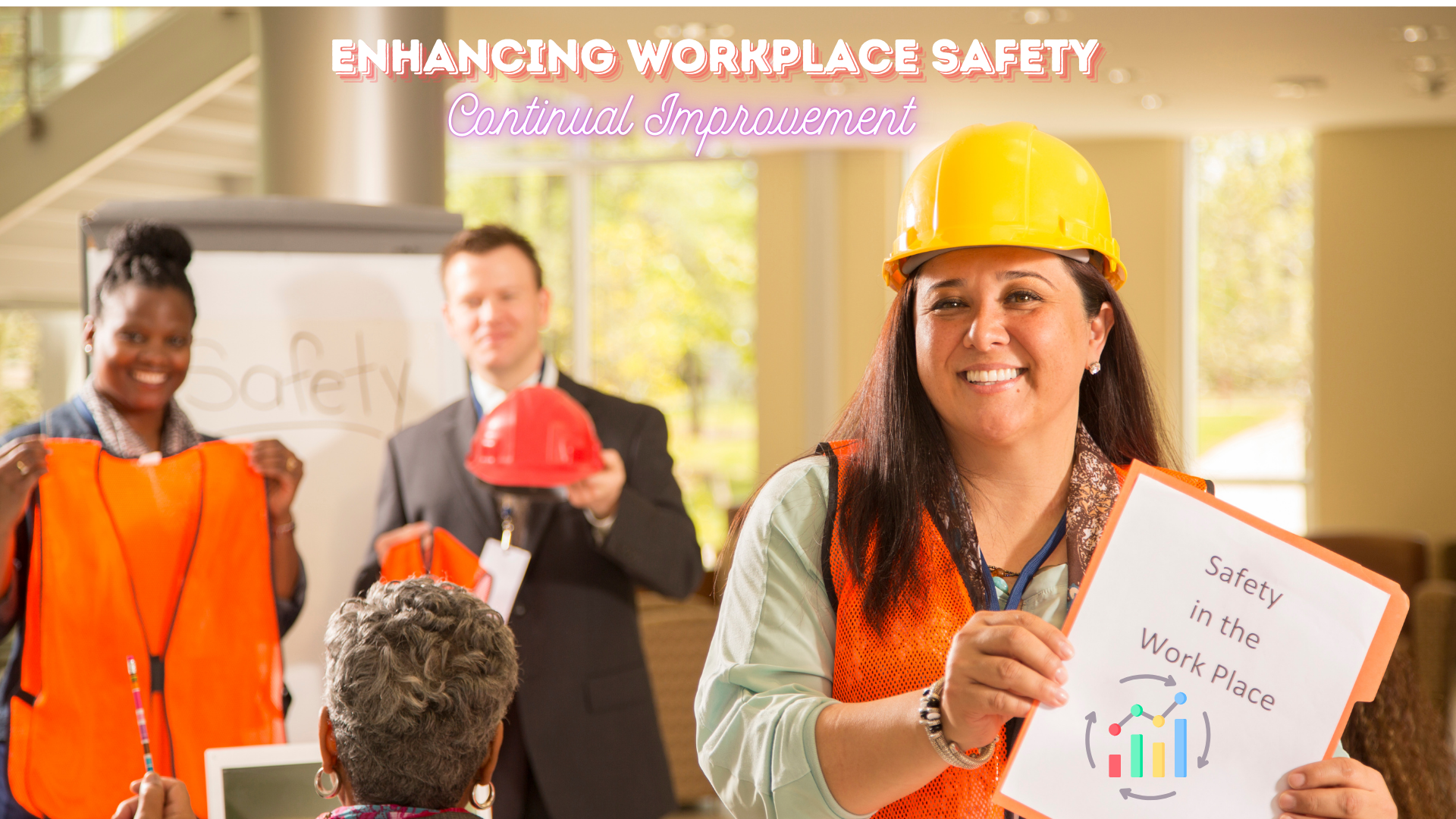Respirators are a critical piece of personal protection equipment, and using the wrong type can have serious consequences. In this article, we’ll go over the different types of respirators and what you need to know about each before deciding which is right for your workplace.
Two Types of Respirators
There are two basic types of respirators: supplied air respirators (SAR) and air-purifying respirators (APR).
The type of respirator a worker needs depends on the hazards they face. Respirators, moreover, should be only used when the hazards cannot be mitigated through elimination, substitution, or engineering and administrative controls. PPE is always the last line of defense.

Supplied Air Respirators
Supplied air respirators provide air either through an airline that is fed from an uncontaminated air source located away from the hazards or through a compressed air tank. Supplied air systems must be meet standards for purity and moisture content, and pressure must be regulated.
SAR systems either come as tight-fitting full- or half-face respirators. Which of these you need will depend on the type of environment they’ll be used in. For example, if you are working in a confined space with a lack of oxygen or hazardous contaminants, you will need a tight-fitting sealed respirator which will keep contaminants out. If you’re applying paint, however, you can use a loose-fitting hood that covers the head and neck and provides a constant supply of positive pressure air too keep contaminants out of your breathing zone.
The self-contained breathing apparatus (SCBAs) you see on divers or firefighters are one example of supplied air respirators. So are life support systems for space suits and the positive pressure personnel suits often used in biocontainment or maximum containment (BSL-4) laboratory facilities (if you’re picturing that scene from E.T., you’ve got the right idea).
Air Purifying Respirators
Air purifying respirators don’t supply air; instead, they remove contaminants like dusts, mists, and organic vapors by filtering out particulates through an appropriate filtration or absorbent cartridge or filter.
These types of respirators should not be used in atmospheres where there is a lack of oxygen, hazardous levels of hydrogen sulfide (H2S), or other contaminants that are not suitable for an APR.
Air purifying respirators come as one of the following:
- Full-face mask (covering the chin, eyes, nose, and mouth – can sometimes replace the need for safety glasses)
- Half-face mask (covering the chin, nose, and mouth)
- Mouth bit respirators (normally used for escape only – think helicopter underwater breathing apparatus for emergency escape or self-rescue breathing devices for miners)
- Filtering facepiece (disposable respirators used to protect against some particulate hazards)
Selecting the Right Type of Respirator for Your Workplace
Choosing the right type of respirator is critical. No respirator can filter out or protect against a hazard that it is not designed to address. It may be necessary to consult an industrial hygienist or an experienced and trained safety professional to determine the type of respirator that is right for your needs.
Here is the two-step process to determine the right type of respirator for your workplace.
1. Asses the Types of Hazard Workers May Be Exposed To
In environments that have a lack of oxygen or the presence of H2S, a supplied air system will be required. In situations where there are particulate hazards, such as dusts, you will likely use a filter air purifying respirator. In situations where you are exposed to vapors (say, from solvents) you may choose a vapor cartridge or a combination of both, depending upon the hazard.
An exposure assessment conducted by an industrial hygienist will determine exposure levels for the types of contaminants you are testing for. Reference those exposure levels against the ACGIH TLVs and BEIs booklets for your current year and OSHA requirements. These booklets are used worldwide as a reference for the evaluation and control of workplace exposures to physical agents and chemical substances.
2. Determine the Level of Protection Required
Under OSHA, only respirators approved by the National Institute for Occupational Safety and Health (NIOSH) can be used in the workplace, and all NIOSH-approved respirators have an assigned protection factor. Contact the respirator’s manufacturer or industrial hygienist to determine the right level of protect for your workplace.
Once you know your occupational exposure limits, your required protection factor, and the level of contaminants, you have all the information you’ll need to determine which respirator is right for your application.
Elements of Respiratory Protection in the Workplace
Of course, selecting the right PPE is just one part of ensuring workers’ respiratory safety. Other things employers and safety professionals need to do include:
- Assess the hazards and evaluating other methods of controlling them
- Conduct an exposure assessment (if necessary)
- Develop a written respiratory protection program
- Conduct medical evaluations (where required)
- Perform qualitative or quantitative fit tests
- Provide the appropriate level of training to workers who will use respirators
Respirator Maintenance
To ensure its optimal functioning, respirators must be used and maintain properly:
- Ensure that all employees who wear respirators are cleanly shaved
- Encourage employees to perform seal checks whenever they wear a respirator
- Store respirators away from dust, sunlight, extreme temperatures, damaging chemicals, and excessive moisture
- Clean and disinfect the respirator according to the manufacturer’s specifications
- Inspect respirators for function, fit, pliability of elastomeric part, and the overall condition of the facepiece



